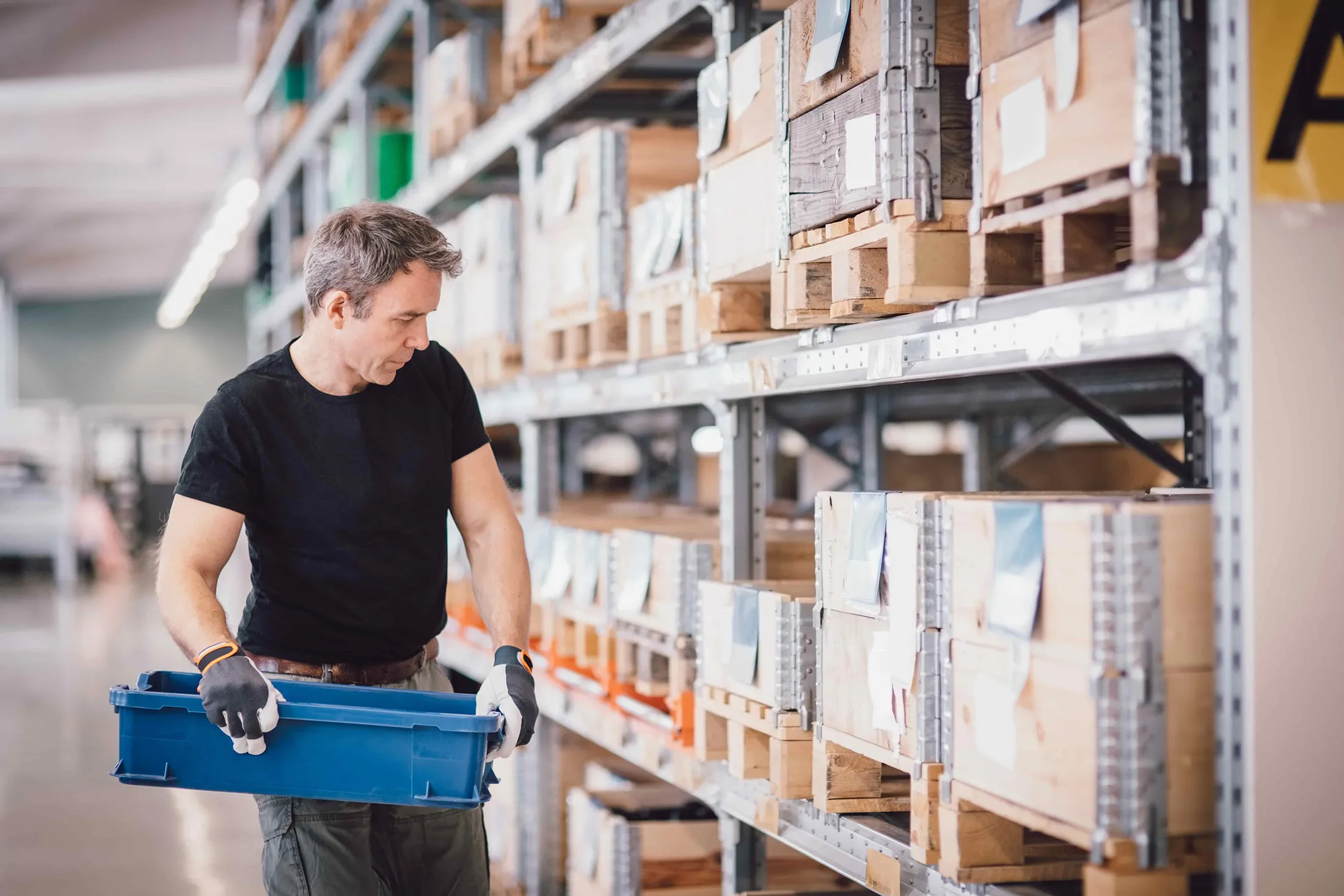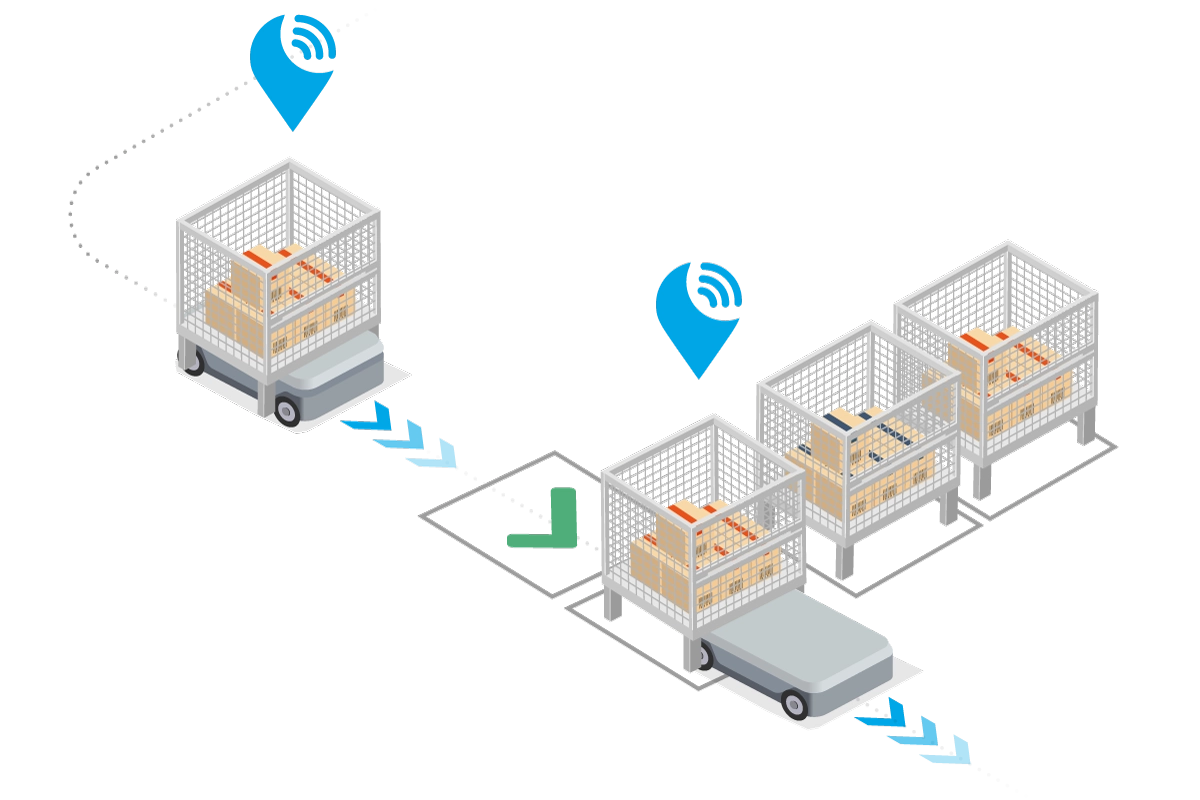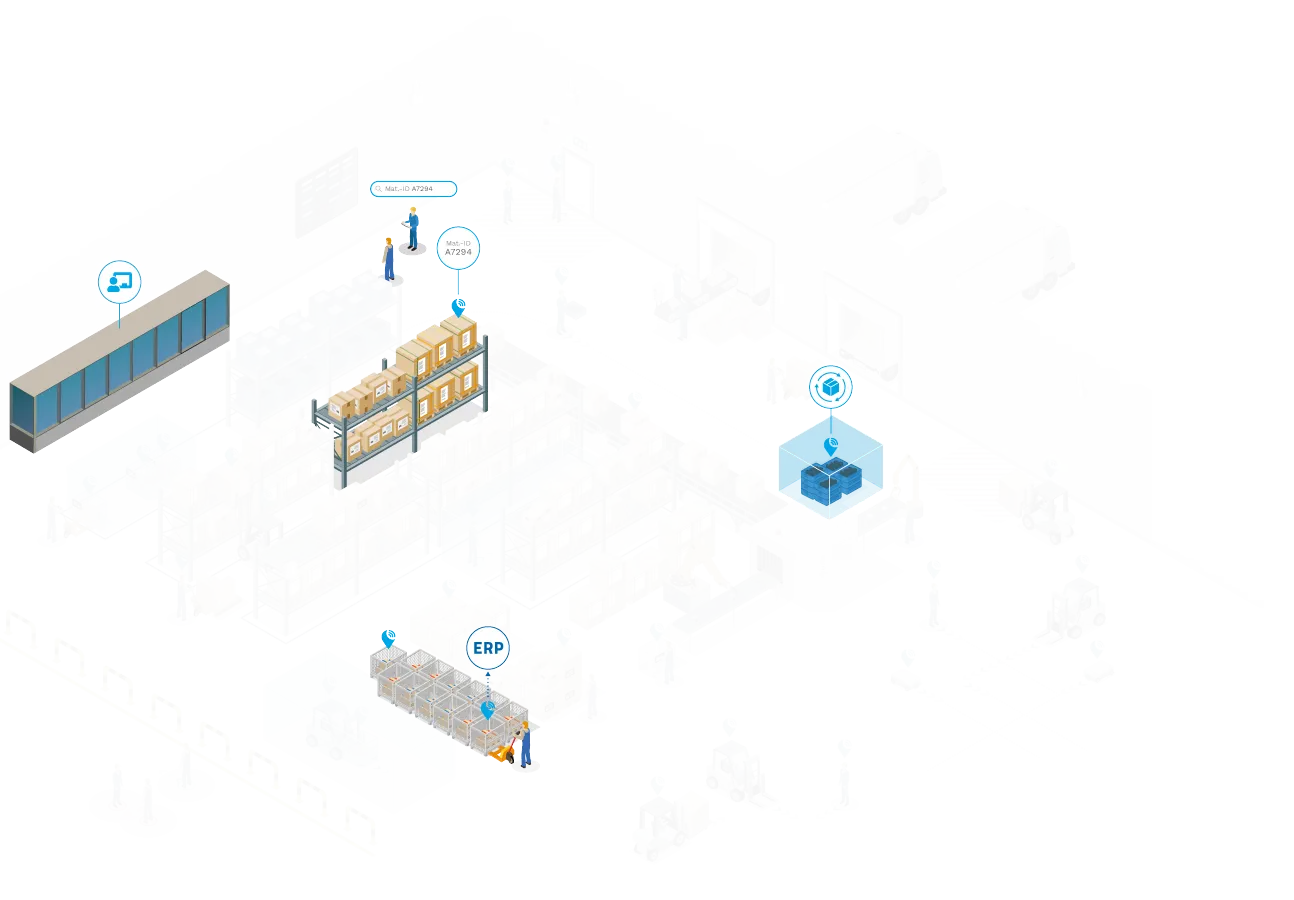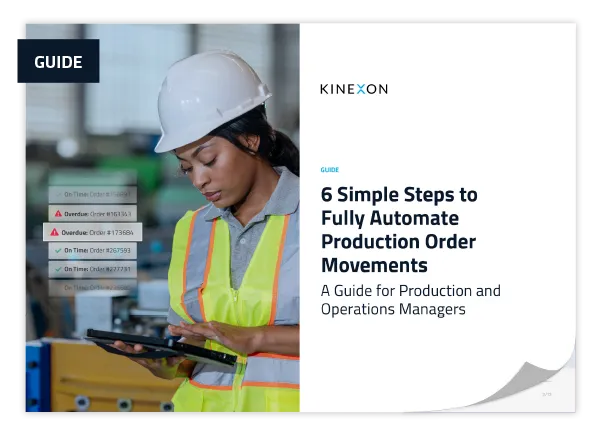Conquer the 7 Wastes of Lean Manufacturing: How to Master the Art of Operational Efficiency
Mastering resourcefulness is key in business. In manufacturing, lean principles matter. Discover how to conquer the 7 wastes of lean manufacturing for streamlined success.

In the dynamic landscape of modern business, mastering the art of resourcefulness and efficiency is not just beneficial—it is essential for thriving in any industry. Now, picture this necessity amplified in the realm of manufacturing. Here, every ounce of material and asset holds immense value, making the principles of lean manufacturing even more crucial.
Enter the 7 wastes of lean manufacturing—a cornerstone concept born in the post-war boom of Japan, now resonating powerfully in today's industrial world. These wastes are not just theoretical concepts; they are tangible barriers standing between a company and its optimal productivity.
We are here to decode these seven adversaries and arm you with the knowledge to conquer them. By leveraging innovative technology and strategies, you will not only sidestep these pitfalls but also pave the way for a future of streamlined operations and more sustainable success.
Where Do the 7 Wastes of Lean Manufacturing Originate?
The 7 wastes of lean manufacturing have their origin in a Japanese philosophy that was first applied by a circle of leaders at Toyota, the car manufacturer. They emphasized the importance of identifying and eliminating waste to improve efficiency, reduce costs, and enhance overall quality. Naturally the concept of lean manufacturing was not developed completely autonomously, but rather influenced by several management practices from e.g. Henry Ford or W. Edwards Deming.
While Toyota pioneered many of the concepts underlying lean manufacturing, the principles have been widely adopted and adapted by organizations worldwide, contributing to the evolution and expansion of lean methodologies beyond the automotive industry.
What Are the 7 Wastes of Lean Manufacturing?
At the very heart of lean manufacturing lies a crucial cornerstone: the unveiling of the 7 wastes, affectionately dubbed “Muda” in the language of the land where this transformative philosophy took root: Japan. These wastes are essentially like unwanted baggage—activities that weigh down your operations without contributing an iota of value.
But here is the plot twist: while we strive for a waste-free paradise, achieving absolute elimination is not always in the cards. Some forms of waste, especially those intertwined with quality-critical tasks, might cling on stubbornly, defying our best efforts to banish them entirely.
- Overproduction - The Bane of Excess
This waste arises when more goods are produced than needed, leading to surplus inventory or even the expiration of products before they can be utilized. - Waiting - Time Wasted Is Productivity Lost
Waiting occurs when goods stagnate in the production pipeline, failing to progress as scheduled, ultimately stalling the entire process. - Transportation - The Logistics Labyrinth
In complex environments with diverse transportation modes, route planning becomes a Herculean task. Unnecessary transportation not only squanders time and energy but also elevates the risk of damage and delays. - Processing - Adding Costs Without Value
Overprocessing products increases expenses without giving you or your customers any extra benefits. This makes it one of the main wastes in lean manufacturing. - Inventory - The Hidden Burden
Excessive inventory ties up capital, occupies valuable space, and conceals underlying issues like defects and overproduction, hindering operational agility. - Motion - Unnecessary Movement Wasted Effort
Like transportation waste, motion waste pertains to individuals performing redundant tasks with equipment that could be deployed more effectively elsewhere. - Correction - Fixing Mistakes Is a Waste of Time
Any errors necessitating correction compound waste, tying up manual labor and resources in rework that adds no value to the end product.

How to Prevent the 7 Wastes of Lean Manufacturing?
In the quest to prevent the 7 wastes of lean manufacturing, leveraging real-time locating systems (RTLS) and AI-supported analysis plays a crucial role. These technologies provide invaluable insights and actionable data that empower manufacturing operations to identify and mitigate inefficiencies promptly. As we explore solutions to these common challenges in manufacturing, the integration of RTLS and AI promises to enhance visibility, optimize resource allocation, and streamline processes across different operational areas. Let's delve into practical strategies to streamline workflows and maximize efficiency in manufacturing environments.
- Hi Seamless Integration, Bye Overproduction
To prevent overproduction, consider implementing a Just-in-time (JIT) approach integrated with ERP, WMS or EMS system. This integration provides real-time visibility into demand, inventory, and production schedules, ensuring precise production alignment with customer orders. Further, use real-time data capabilities, coupled with AI analysis to enhance this integration by offering dynamic insights into demand fluctuations and production requirements. What is more, look for hardware-agnostic solutions which seamlessly integrate with existing systems, optimizing production processes and minimizing waste while maximizing value delivery.
- Stop Waiting!
"If time is the most precious of all things, wasting time must be the greatest prodigality," a quote from Benjamin Franklin that could have influenced thought leaders in lean manufacturing. By meticulously optimizing workflows, you can identify and rectify bottlenecks and inefficiencies, thereby reducing idle time and waiting periods. Aim for real-time monitoring and locating systems and AI-supported analytics to proactively manage workflow disruptions and anticipate resource needs, minimizing waiting times and maximizing operational efficiency.

- Automated Transportation
Addressing the transportation problem in manufacturing calls for a multifaceted approach, combining optimized layout and material flow with strategic investments in material handling equipment such as Autonomous Mobile Robots (AMR) and Automated Guided Vehicles (AGVs). Use real-time locating systems to track and trace moving assets in real time which facilitates optimized layout, material transportation and flow. Additionally, AI-assisted analysis enhances decision-making regarding the deployment of AMRs, AGVs, and other material handling equipment, automating material movement and minimizing reliance on manual transportation methods.
- Real-time Processing
When addressing waste in manufacturing, leveraging Value-Stream Mapping (VSM), Process Mining, and Value-Added Analysis can be highly effective. VSM allows your company to visualize and analyze the entire production process, identifying non-value-added activities and areas of waste. Process Mining complements VSM by providing dynamic, real-time insights based on actual data from IT systems, enabling timely adjustments to optimize efficiency. Further, AI-supported analysis enhances Value-Added Analysis, helping to distinguish between value-added and non-value-added activities. Together, these tools optimize processes, reduce waste, and boost productivity.

- Efficient Inventory
To combat inventory waste in manufacturing, your team can employ solutions like ABC Analysis and Supplier Collaboration. ABC Analysis categorizes inventory items based on their value and demand variability, allowing you to focus efforts on optimizing inventory management for high-value items while applying more flexible approaches to low-value items. Put focus on real-time data capabilities that provide accurate inventory tracking, facilitating ABC Analysis and enabling proactive inventory management decisions.
- Track and Trace Movements
To address motion waste in manufacturing, your company can implement solutions such as Real-Time Locating System and Digital Twins. Real-time data capabilities enable precise tracking of movements, minimize unnecessary movement and optimize workflow efficiency. Moreover, AI-driven analysis can provide actionable insights to streamline tasks and reduce cognitive load.
- Correction
To tackle the correction problem in manufacturing, companies can deploy solutions like Poka-Yoke (Error-Proofing) Devices, Standardized Work Procedures, and Continuous Monitoring. Real-time data capabilities enable Continuous Monitoring, detecting deviations promptly and facilitating swift corrective action. Through AI-supported analysis, there is a marked improvement in error detection and prevention efforts, leading to fewer corrections needed and increased efficiency in production.
Every moment counts. That is why understanding and conquering the 7 wastes of lean manufacturing is not just a strategy—it is a game-changer.
By embracing the principles of lean manufacturing and mastering the art of waste reduction, you are not just avoiding disaster; you are charting a course towards unparalleled success. It is like being handed the ultimate treasure map—one that leads you straight to the chest of increased productivity, streamlined operations, and delighted customers.
So, set sail on the journey towards leaner, meaner operations. Embrace the challenge, seize the opportunity, and watch as your organization rises above the waves, propelled by the winds of efficiency and innovation. With the 7 wastes in your sights, there's no limit to what you can achieve.
Embrace paperless manufacturing and start automating your production order movements! Learn more in our complimentary guide!

More Resources
Stay Up to Date
Subscribe to our newsletter and stay connected. You can unsubscribe at any time.
Ready to automate your industrial operations?
Schedule a meeting with our experts to connect and automate your operations.
Get in touch